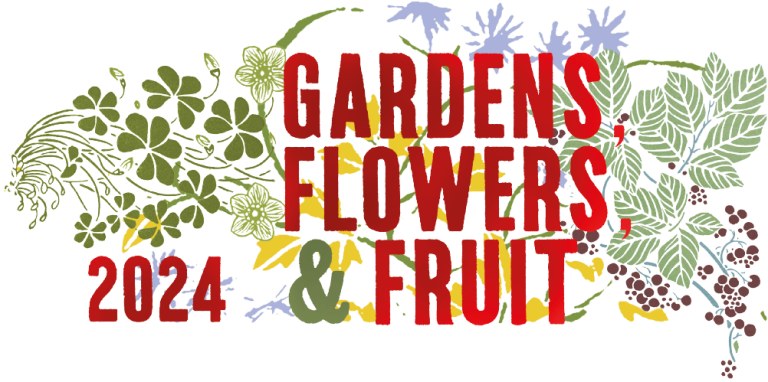
The First-Time Symposiast as Gardener
It all begins so humbly: a tiny seed, a little kernel of an idea. The hopeful symposiast has her eye on the perfect spot for a garden, er… I mean, for a paper. The call for papers is out, and the hopeful symposiast knows that submitting a proposal for the 2024 Oxford Food Symposium is not much different from the tending of her garden. With the right seeds, some good light and regular nurturing, she’s certain she’ll have a lovely flower by summer.
The seed of her idea could come from anywhere, whether it’s a lively conversation, a good book that has stayed on her mind, or from her own hard work minding last year’s plants. And a good gardener knows to plant plenty of seeds, just to be sure. She plants a few in a lovely sunny spot, watering regularly with sprinkles of examples and the occasional downpour of a brainstorm. She makes sure this spot benefits from regular light, too. As in light reading, I mean.
Some of those seeds of ideas will grow promising sprouts, and some of those sprouts will become stronger than the others, showing more promise. The hopeful symposiast bends over her work, scrutinizing a particularly hardy stem. “Roots are digging in,” she says to herself; “this is the one to watch.” So she builds a little trellis around this one and writes a proposal describing this hopeful seedling.
She outlines her idea. She explains the ways she’s nurturing it with the right examples, the right evidentiary nutrients, the best light she can find. And she hopes that she’s explained how this fledgling idea, once it grows, will make a fine contribution to the collective bouquet of ideas that will come together in Oxford next July. She crosses her garden-gloved fingers and submits it.
For a while, there’s nothing to do but vegetate. And then, the email arrives and it’s good news! There’s budding interest in her little idea, which — she’s slowly admitting to herself — is no little idea at all! She shares the news with her garden spot in the sun, where she knows she’ll be spending a lot more time now, making sure that little bud has all it needs so it can flower into brilliance.
More sprinkles of evidence! More weeding out of what doesn’t belong! Perhaps she’ll bring in reinforcements to strengthen the stem if the flower gets too heavy. And as the sun grows warmer, excitement flowers all around. There’s a buzz in the garden! The symposium is soon!
July arrives, and our hopeful gardener is now a first-time symposiast, walking into St. Catz with wonder and awe and a giant, brilliant flower. A flower perhaps no one else would have ever seen had she not sent in that proposal last fall. Any nerves she has are quickly dispelled: there are so many beautiful flowers here, and so many welcoming gardeners, that she immediately feels right at home.
And as the gardeners add their flowers to the bouquet that is the symposium, the flowers become more beautiful in their juxtapositions with others. They begin to change shape before her eyes, becoming more nuanced, more elaborate, and more wondrous the longer they’re with flowers from other gardens.
At last, the first-time symposiast sees how this spectacular bouquet comes together year after year. The symposium isn’t a flower show at all, she realizes. It’s a beehive, a-buzz with ideas bouncing from flower to flower. The flowers get their own nurturing here, with food and drink and the cross-pollination of panel discussions, and not a single symposiast goes home without pockets full of new seeds.
And for our first-time symposiast, it all came from that one little seed — I mean, idea — so many months ago.
Do you have anything planted? Proposals are now being accepted.
by Rebecca D. Mazumdar
